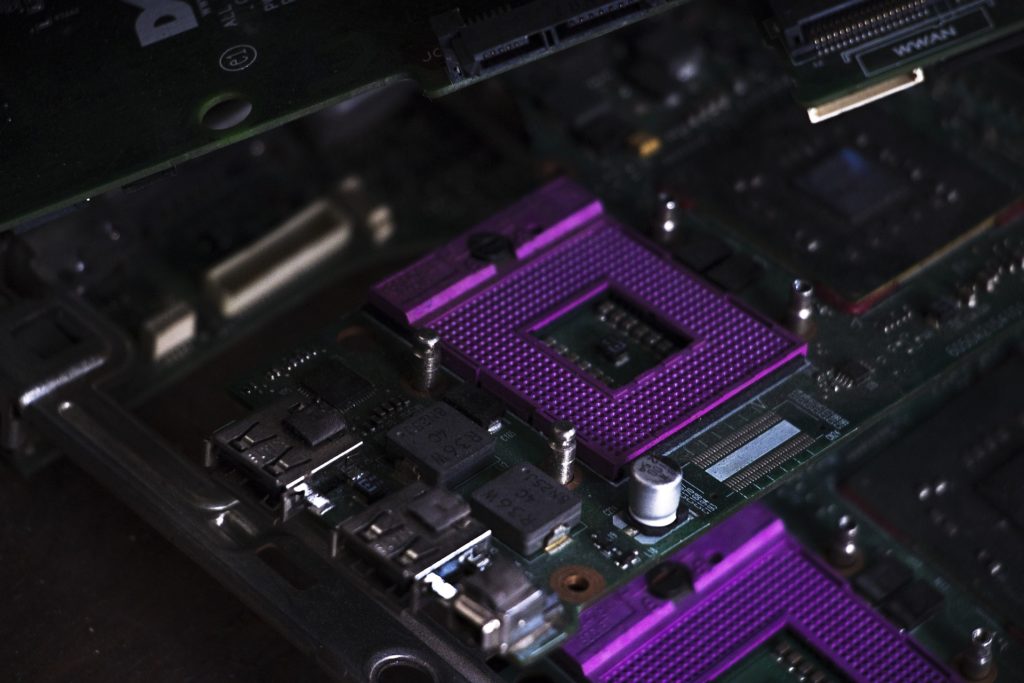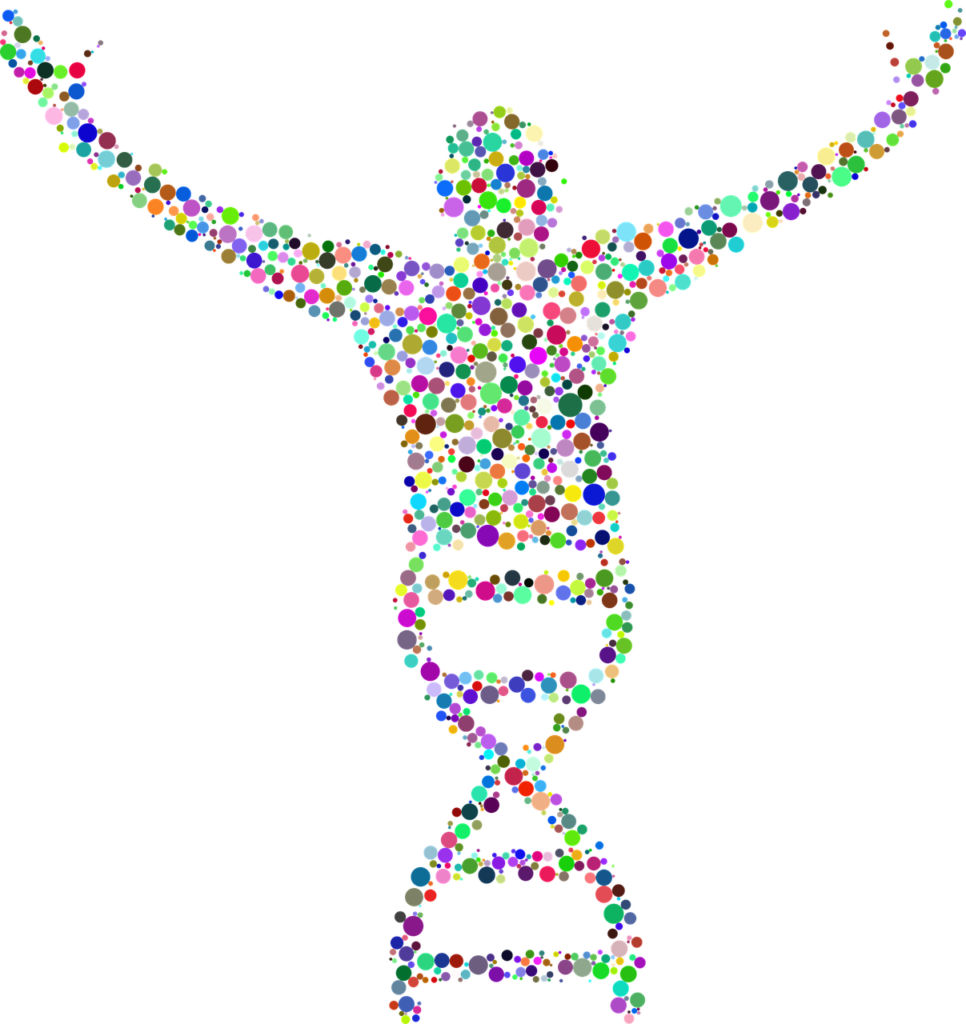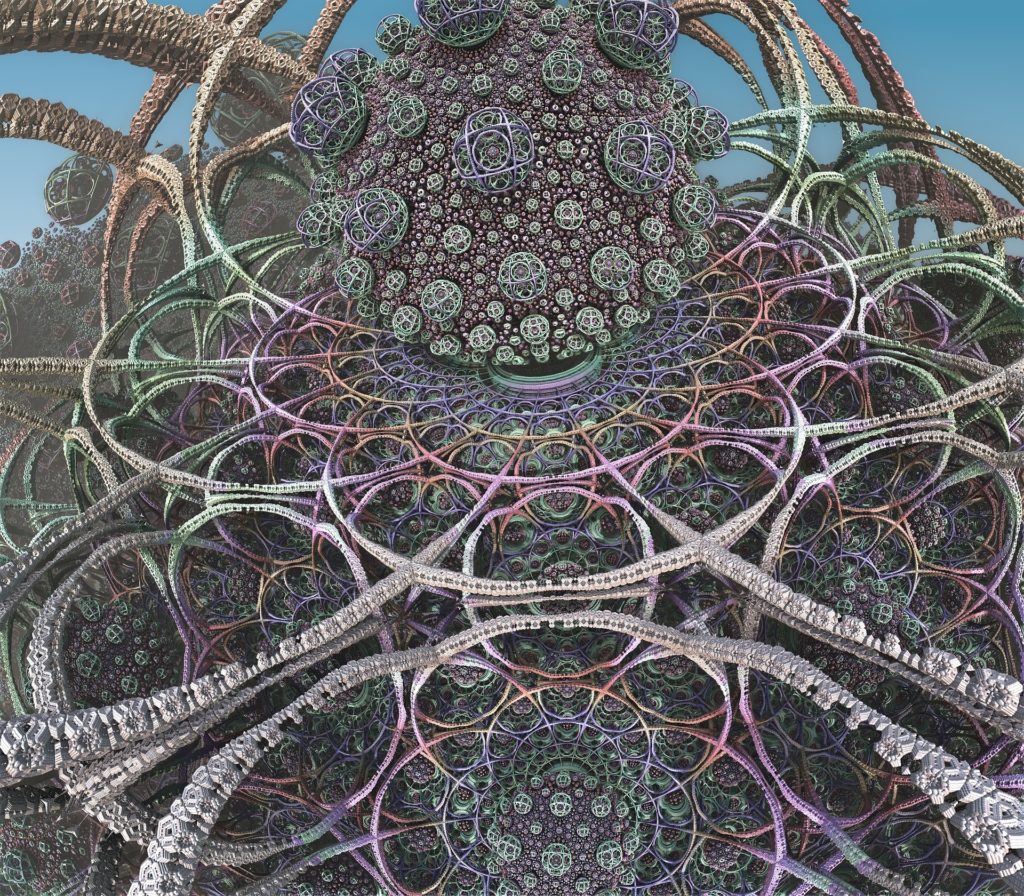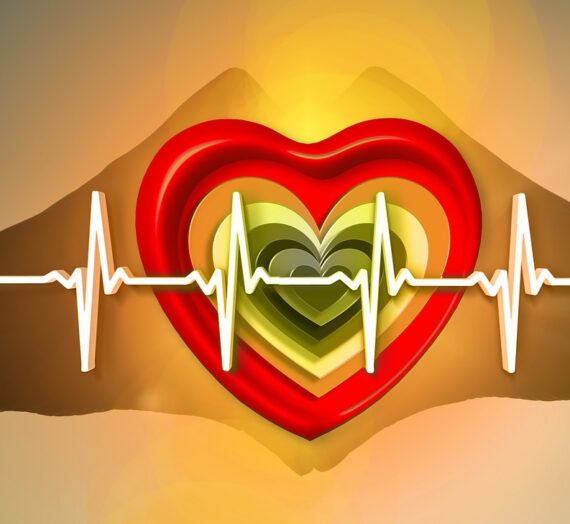I may earn money or products from the companies mentioned in this post.
As I have gotten to know the almost 1,200 families that make up our Ferocious Fighters community I have seen patterns emerge and a progression that at first stymied me completely and caused families to have trouble with doctors who absolutely didn’t understand how a seemingly healthy child could develop CRPS and then quickly snowball into a mire of “rare” or uncommon diseases.
At first, when it started to happen to us, we blamed every new symptom on CRPS as the doctor’s did, but I realized within that first year that it couldn’t all be CRPS. There had to be something else going on.
This blog isn’t going to be a list of all of the conditions that I have seen pop up for our Ferocious Fighters kiddos. The list is extensive and complicated and while I may eventually cover some of these comorbidities to the best of my non-expert abilities, this post is more to explain my thoughts and understanding of WHY.
In the beginning everything was blamed on CRPS. “Oh, your head hurts? It’s probably the CRPS.” “Your having unending stomach pain? Probably CRPS.” “Your joints hurt? CRPS.” But, the truth is that while it MIGHT be the CRPS, there are a lot of other conditions that often ride along with CRPS that need to be eliminated before you just blame a new set of symptoms on CRPS!
Why does this happen? Well, I have my very own theory which requires a long and drawn out metaphor. Sorry about that.
The way I see our bodies working is kind of like a computer. There are conditions that are a part of the “hardware” – just the way we were born – and conditions that are part of the “software” which is made up of our nervous and immune systems working in conjunction to keep our bodies running. It is under this metaphor that I will try to explain my understanding of what is happening with our kids.

Hardware:
Common comorbid conditions that fit this category are EDS (Ehlers Danlos Syndrome), MCAS (Mast Cell Activation Syndrome), MTHFR variants (gene variants that change the way the methylation process and detox processes of the body work), and predispositions to autoimmune conditions. These issues (and other less common ones) are a part of the computers hardware, they are built in and just a part of life. They can be more or less impactful depending on severity and successful treatment, but they are in the underlying structure on which software is applied.
EDS – Ehlers Danlos Syndrome is a connective tissue disorder that is varied and includes a wide range of different types with different impacts. The one that we see the most of in the CRPS community is hEDS or hypermobile type. Hypermobile type EDS creates laxity in the connective tissues including the ligaments and tendons of the joints, the structure of the circulatory system, and discs of the spine. Connective tissues are involved in all areas of the body and EDS can be incredibly impactful on the ability of the body to function leading to joint sprains, dislocations, subluxations, herniation and degeneration of the discs of the spine, misalignment of the spine, blood pooling, easy bruising, and a LOT of other complications depending on the severity. The thinking regarding why CRPS and EDS interact so much is that when a joint is hyper-flexible it is more likely to twist, sublux, dislocate, etc to the point where a nerve is impacted by the injury creating that initial insult that may trigger a CRPS reaction. EDS related comorbidities that may pop up include more than just joint issues, some of these are things like Craniocervical Instability (CCI), Tethered Cord and Occult Tethered Cord, Chiari Malformation, Idiopathic intracranial hypertension, and Cervical Spinal Fluid leaks.
MCAS – Mast cell activation syndrome is a condition where a primitive immune defense cell, the “mast cells” become hypervigilant. These cells, which are tissue based cells vs blood based cells, in a typical person release histamine and hormones in response to a threat to the body in order to defend it. In someone with MCAS these cells have become hypervigilant. They react to things that are not typically seen as threats. This can be food items, scents, sounds, stress, or even fluorescent lights, the sun, or water. The mast cells respond to these perceived threats by throwing out histamine and hormones to “protect” the body resulting in what looks like an allergic reaction – hives/rashes, stomach aches, headaches, even up to and including anaphylaxis symptoms. The connection here with CRPS is that some of the things that are released by mast cells can create physical reactions to stress which can increase pain. It can also cause the body to go into that “fight or flight” mode which exacerbates pain and may trigger firing of the glial cells within the immune system which propagate the “feedback loop” that contributes to pain going from acute to chronic.

MTHFR gene mutations – There is a gene in everyone’s DNA this one gets really technical and complicated but I’m going to try to make it short and simple for this blog and will provide a link for you to go and do more technical research. Basically, this gene regulates our ability to take in folate and detoxify our bodies. When you have a mutation on this gene you are more likely to have difficulty with one piece of that or another. If you are unable to process the “folic acid” which is added to foods and vitamins to help our bodies with the very needed folate which every cell in the body needs, that folic acid can actually block the receptors for naturally occurring folate in your foods and make it so that you are not getting enough folate. This causes multiple problems within the body. Vitamin B12 and your ability to process it also plays a role in this process. If your body is not able to methylate folate or B12 you can wind up with a significant imbalance within the body which is resulting in the body not being able to detoxify itself or process these vital nutrients correctly. This can greatly impact the nervous and immune systems creating an environment ripe for malfunction.
Autoimmune or Immune Deficiencies – These issues with the immune system are widely different and for many they are one of the last things that are explored and as a component of the hardware problems here can lend themselves to problems throughout the system. I am not going to attempt to explain all of the possible issues here, but if your CRPS kiddo isn’t getting better and seems to be sick all the time or have recurring illnesses, this is an area that should be explored in order to address any underlying hardware issues in this area.

Software:
These issues, the “software” issues are more likely to happen if there are issues in the hardware. That doesn’t mean that every person who develops one of these issues below must have one or more of the hardware issues, but in my experience and in watching all of our families over the last five years, if CRPS becomes chronic without remission, my belief is that there is likely an underlying hardware issue of some kind.
Dysautonomia – This umbrella term covers a LOT of things including MANY of the conditions that I see our Ferocious Fighters kiddos develop over time. Conditions that fall under this umbrella are ones that are the result of an “error” in the autonomic nervous system. That is the part of the nervous system that controls the automatic functions of the body. The things that we don’t usually have to think about like heart rate, pain response, digestion, blood flow, muscle function, etc. There are many forms of dysautonomia and it seems that once you have one error in this system, it is more likely that you might develop others, especially if there is an underlying hardware issue that is impacting either your nervous or immune system.
- CRPS – Complex Regional Pain Syndrome, also known as AMPS (Amplified Musculoskeletal Pain Syndrome), RSD (Reflex Sympathetic Dystrophy), RND (Reflex Neurovascular Dystrophy), and other related “pain syndromes” like Fibromyalgia and Central Sensitization are a type of dysautonomia. In these conditions the nervous system “forgets” how to turn off and pain continues in a type of “feedback loop” that is difficult to break and without a cure or even effective treatments in may cases. These conditions include interaction between the nervous and immune system as the glial cells of the immune system make up the “grey matter” found within the nervous system and the constant irritation from the pain signals eventually causes the glial cells to fire up and then the interaction propagates the cycle.
- POTS – Postural Orthostatic Tachycardia Syndrome – is a form of dysautonomia where the body has trouble getting blood to the head in a standing (or even sitting) position. For people with POTS, they may have a heart rate of 50 when lying down and then have that heart rate jump to over 100 when they stand up and it doesn’t quickly normalize like someone without POTS but gets worse and can sometimes result in passing out. (While it is possible to have this condition without an EDS component, EDS can cause blood pooling in the lower extremities making it more difficult for the body to get the needed blood back into the system and to the head.)
- Dystonia – Dystonia is a form of dysautonomia where muscle spasms are experienced in a very severe way. This can be short, jerking muscle spasms that look like muscle seizures or long term muscle spasms that include a muscle going into a spasm that lasts an extended period of time. These muscle spasms can be very difficult to deal with as they are incredibly painful, think about having a “charlie horse” that lasts for weeks on end.
- Gastroparesis – Gastroparesis is a form of dysautonomia where the stomach stops working the way it should, paresis meaning paralysis. When the stomach stops working correctly it causes pain as well as difficulty getting enough food to power the body. People with gastroparesis may respond to medications but may need feeding tubes in order to get enough nutrients.
This list of forms of dysautonomia is by no means complete, basically the tip of the iceberg but these are the ones that I have seen most often over the last five years of working with families of our CRPS kiddos.

Gastrointestinal issues – There are some other GI issues that I felt needed to be included here and I often think that EDS, MTHFR, and immune/autoimmune hardware issues are the most likely to be the background when these happen, but there is a much higher prevalence in our Ferocious Fighters kids of these issues than in the general population.
- Gallbladder issues – Whether this is due to a medication reaction (99% of our kids who have had their gallbladders removed have also taken gabapentin – this was the only medication that they had in common in any percentage over 25%) or due to some feature of dysautonomia as it is often seen in familial dysautonomia, for one reason or another, our kids have lost their gallbladders at much higher rates than the general population. Almost none of them have exhibited stones so ultrasound rarely shows an issue but upon the completion of a HIDA scan it is found that the gallbladder is malfunctioning, either too low (the majority) or too high.
- SMAS – Superior mesenteric artery syndrome, is a condition where the duodenum is compressed by two arteries. I personally don’t know a lot about it other than it seems to come up in our Ferocious Fighters population in higher percentages than the general public and is therefore worth mentioning just to put it on folks radar in case their kiddo starts having severe issues with eating.
- MALS – Median arcuate ligament syndrome, is a condition in which the median arcuate ligament presses too tightly on the celiac artery (a major branch of the aorta that delivers blood to the stomach, liver, and other organs) and the nerves in the area (celiac plexus). This is another one that I don’t know much about personally but have seen enough times to know that it occurs more often in the Ferocious Fighters community than the general population.
This is far from a complete list of comorbidities, but I hope that thinking of it this way helps organize why a person might have so many issues in so many systems that, when taken individually, can be confounding as to HOW this could possibly happen. This is a lot to take in, I know it is. But, the good news is that if you come to recognize that some of these “hardware” issues are a part of your story, you can address those issues and see improvement in the overall system.

In our life we found that by knowing about the hEDS and getting appropriate physical therapy strengthening the joints to allow him to build muscle to stabilize the joints had greatly reduced the risk of further injury. Knowing about MCAS we are able to battle that with antihistamines and medications like cromolyn and quercetin that can shut down the overactive mast cells and give the body a break from the constant release of histamine and hormones. Knowing and understanding what the MTHFR variants are doing to the detoxification of the body allowed us to make reasoned choices and supplement appropriately in order to increase effective detox in the body. Having the knowledge is invaluable in choosing an appropriate strategy to mediate the impact of the “hardware” issues and therefore allow the body to calm down and let us treat the “software” issues.
Many doctors don’t understand MCAS and MTHFR at all and sometimes it can be some work to find one that either knows about it or is willing to learn. EDS is more well known but often dismissed as not really important. We had a pain management doctor tell us that they, “already knew he was hyperflexible”, so why did he need a diagnosis? I’m not the only parent who has been blown off in this way. But, knowing about the EDS was one of the most important pieces in the puzzle. Without that knowledge we would have been unable to get the right care to appropriately strengthen his body and allow improvement.

If you have stuck with me this far then maybe this has spoken to you. I’m going to list some links below for further information on the information I provided above. As we’ve discussed in other posts, I am not an expert, just a mom who has noticed some significant patterns and feels like it might be helpful for other parents who haven’t been doing this quite as long.
- CCI – The Zebra Network
- Connecting the dots with EDS, POTS, MCAS, GI, Neurological and Physiotherapy in managing pain in EDS Pradeep Chopra, MD
- Dysautonomia International
- Ehlers-Danlos Society
- Idiopathic Intracranial Hypertension – NORD
- MALS – NORD
- Mast Cell Activation Syndrome – a review – NIH
- MTHFR variant
- RSDSA
- SMAS – NORD
I hope that you have found this helpful and that you will comment below! Ask questions – I will do my best to answer or provide a resource – or just tell us your story. As we share and work together we can help develop the patterns and help others who come along behind us.
Thanks for reading!
Love Always – Meg





Mike Mulhern
Awesome, my dear! I am going to post your article so that our friends and family that really don’t know what Patrick endures daily may gain a deeper understanding of just how brave and incredible he is, and what an amazing advocate you are for him!! Love you!
Mildred Hartung
There are no words to describe Patrick’s pain nor your persistence in seeking help for him and others I’m this battle. Couldn’t be more proud.
Suzanne
Wow! Thank you for putting some of the puzzle together I think we may be close to the getting the outside pieces now working on the inside. Thank you for all your time
Meg
I’m glad that it may be of help putting things together. All the pieces are so overwhelming and it’s just so much harder to put it together if you don’t have the picture to follow! Sending you tons of love!